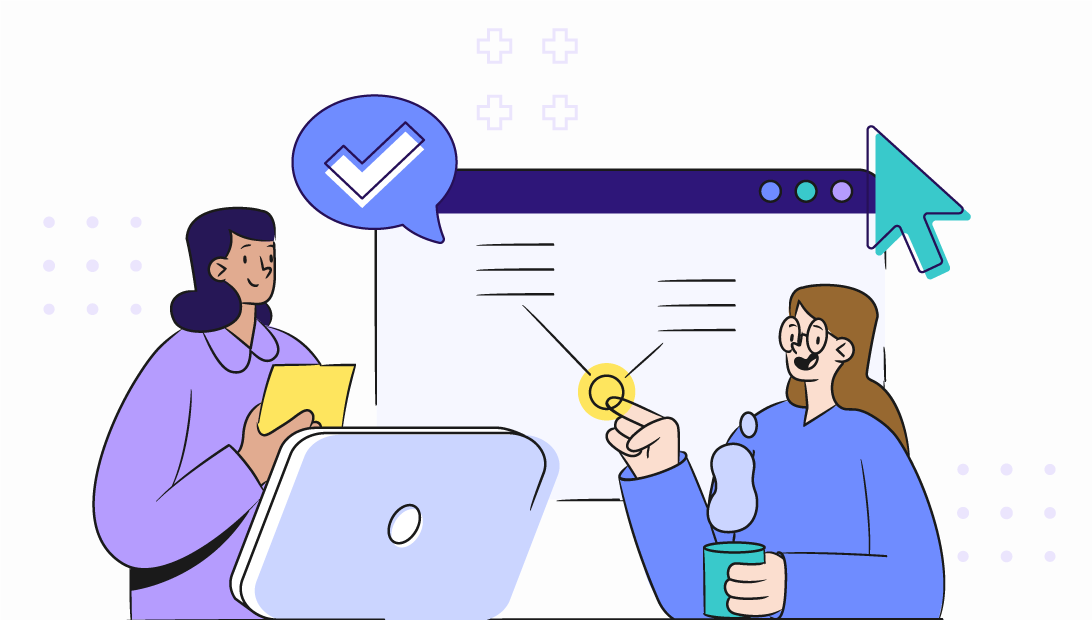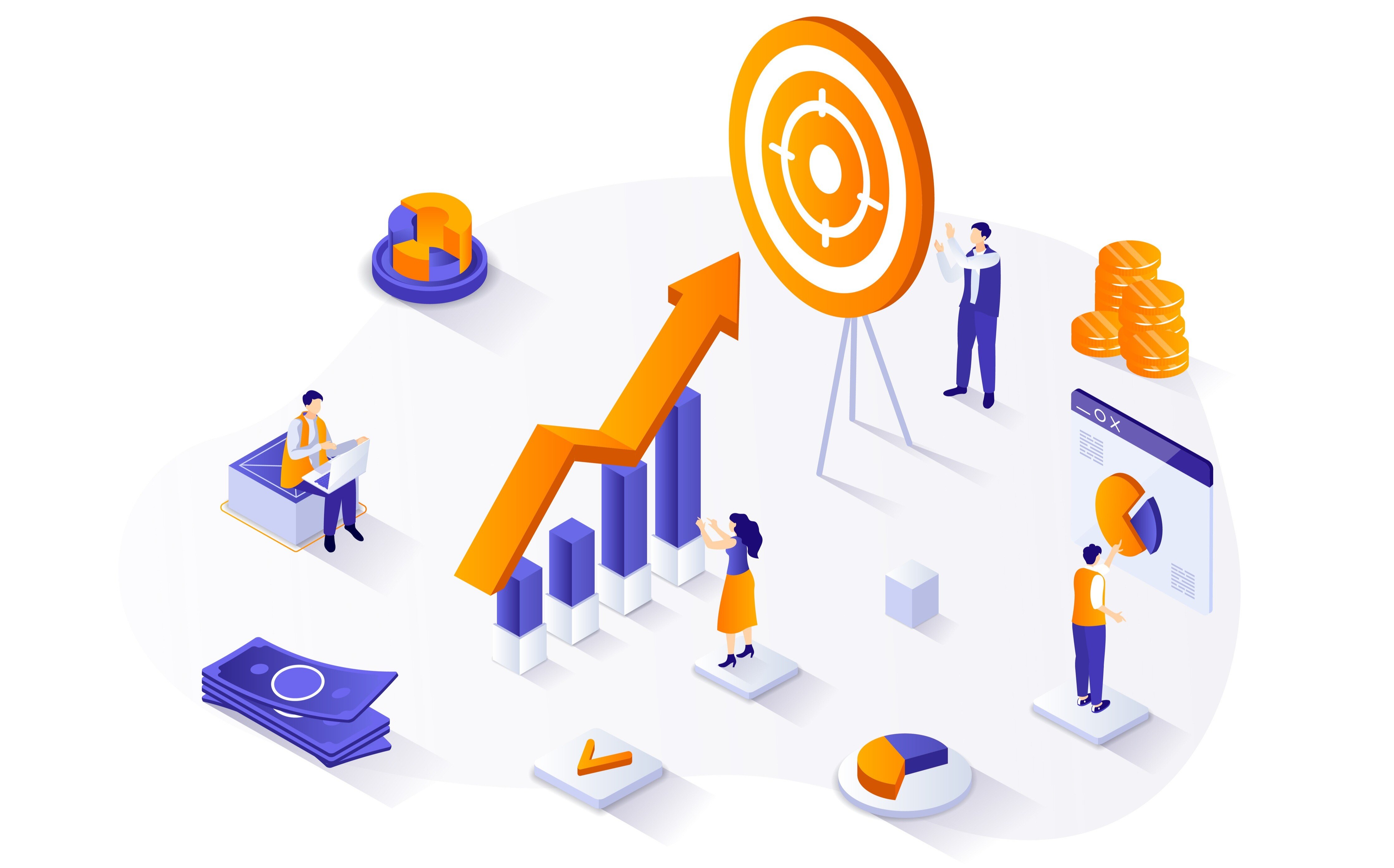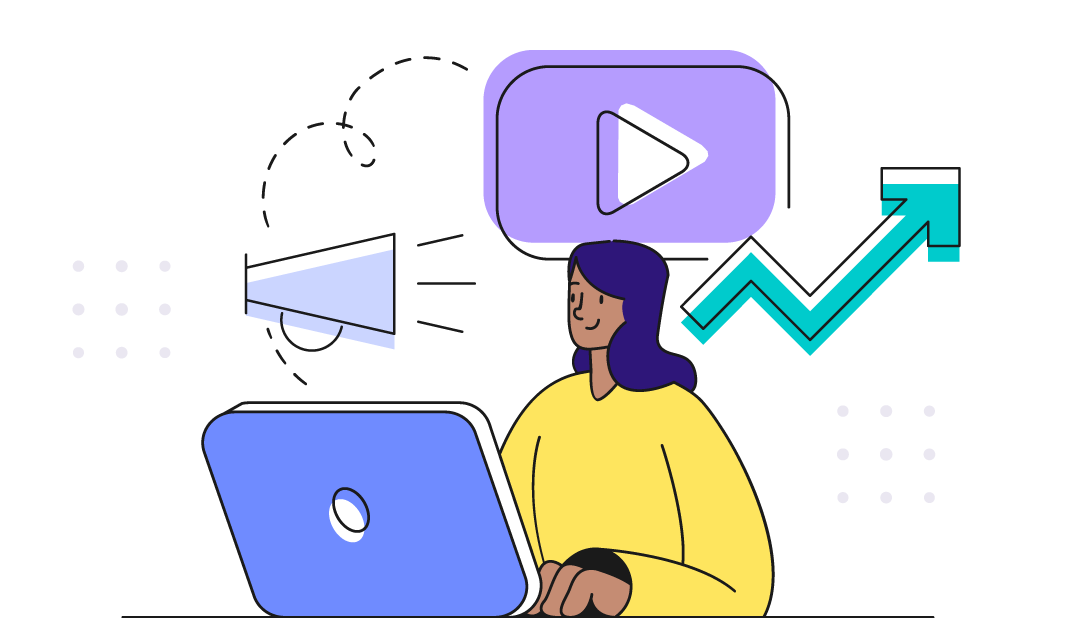



Many companies have tried setting up healthcare ads on their own, assuming the process is straightforward. However, often they end up burning through a lot of money without achieving the expected results.
The reality of running online healthcare ads is much more nuanced than bidding on keywords to set up display ads and then letting Google do the work. We asked Brian Cauble, our co-founder and head of digital advertising, to walk us through the essential components of pay-per-click (PPC) ads for effective healthcare sales and marketing.
 Critical Components of Successful Healthcare Marketing Campaigns
Critical Components of Successful Healthcare Marketing Campaigns Effective healthcare ads must check all the boxes in today's competitive environment. Here are the key points to consider when setting up a PPC campaign:
Outline your PPC campaign goals, such as driving sales, generating leads, growing brand awareness, or promoting a product or service. These objectives will be the foundation to inform many subsequent decisions. They'll also determine the key performance metrics (KPIs) you should track to analyze and fine-tune your tactics.
Knowing exactly whom you aim to reach will impact your creative and targeting strategy. Identify your ideal audience's demographics, interests, and online behavior to tailor your campaign for maximum relevance. Most prospects aren’t ready to request a demo or sign a contract, so be sure to avoid this common ad strategy mistake and, instead, address audiences at different customer lifecycle stages.
"Besides a bottom-of-the-funnel demo or consultation meeting, what else can you offer? You may entice prospects to read a case study or download a white paper. You may capture leads with a webinar or build credibility with thought leadership content," says Cauble. "Don't assume you can roll out some ads and have people clamoring for a demo. How will you engage prospects who aren't ready to buy yet?"
Thorough keyword research is critical for effective healthcare ad campaigns. You must identify relevant and high-performing keywords related to your business and audience and analyze search intent. Consider the roles of various decision-makers, their concerns and pain points, and the search terms they may use at different stages of the buying journey.
Analyze competitors' PPC campaigns to identify strengths, weaknesses, and opportunities. Learn from successful strategies while identifying gaps to differentiate your positioning. Your analysis should cover ad content (e.g., messaging, word choices, call-to-action), keyword strategy, and budget allocation to see how your competition is investing.
Set a realistic budget for your PPC campaigns based on how much a lead is worth to your business. The Cost Per Lead (CPL) needs to be profitable. For example, if the lifetime value of a customer is $1,000, you need to pay significantly less than $1,000 for a lead because you need to make a profit. Also, keep in mind, you won't close every lead.
Choose platforms that align with your campaign goals and allow you to reach the target audience. It’s important to use Google Ads, but don’t discount other platforms. For example, LinkedIn-sponsored posts may cost more, but they're often highly effective for reaching a professional B2B health tech audience.
Over the last five years, PPC has almost entirely shifted to automated bidding. Automated bidding uses Google's technology and proprietary data to optimize ads and save campaign managers' time. When using automated bidding, it’s critical to determine your bidding strategy and choose one that is aligned with your campaign objectives. Choose from these options to inform Google of what to prioritize: maximize conversions, maximize conversion value, maximize target impressions, or maximize clicks. As most health tech companies are trying to get demos and consultation requests, it often makes sense to lean toward “maximize conversions.” But if there are several offers of differing value — for example a demo request and an eBook download — you’ll want to select “maximum conversion value” to assign weight to each offer so that the demo is prioritized. However, “maximum impressions” may be a good option for a company that has established success through branding efforts. The bottom line? Let your strategy dictate your selection.
Ad extensions, including site links, callouts, location, etc., provide additional information to searchers. They also help enhance visibility by occupying a larger footprint on search engine results pages (SERPs). You may segment your ads (e.g., by location or target persona) to deliver the most relevant information through ad extensions.
Craft engaging and relevant ad copy that resonates with your target audience. Highlight unique selling propositions and include the main keyword you're bidding on. Use language that matches your landing page copy to ensure a seamless experience. Also, include an actionable call-to-action (CTA) so the searcher knows what to do and expect next.
Use high-quality visuals and design ad creatives that reflect your brand image. Follow platform-specific guidelines for ad sizes and formats. Also, be aware of Google's restrictions on healthcare ads — the algorithm is more likely to block an ad with photos of patients and doctors, so it's often best to use images related to software and technology.
Create dedicated and optimized landing pages that align with your ad copy to drive conversions. Incorporate the PPC keyword in the landing page copy and minimize distractions (e.g., remove all links). Draw attention to a concise CTA, use minimal form fields, and optimize page load speed to reduce bounce rate.
Set up conversion tracking on actions like form submissions, purchases, or other desired outcomes to measure the success of your campaign.
"Basic conversion tracking is not enough for gaining deep insights. For example, we help our clients set up their marketing and CRM systems to track leads across all customer lifecycle stages," says Cauble.
Regularly monitor your PPC campaigns' performance. Analyze key metrics such as click-through rate (CTR), conversion rate, and cost per conversion. Then, adjust bids, ad copy, and targeting based on data-driven insights.
"Track conversions throughout the customer journey. Let's say you get ten conversions from one ad and three from another. Two of the three leads turned into closed deals, while zero out of the ten became a customer. The campaign that generated three leads is the clear winner," says Cauble. "That's why it's critical to set up your marketing and CRM systems correctly for granular tracking."
Run split tests for elements like ad copy, headlines, visuals, and landing page variations to identify the most effective combinations. Test one element at a time and segment your audience to see what works for which buyer persona. Run A/B tests as part of ongoing optimization to stay current with shifting audience preferences and behaviors.
Continuously optimize your PPC campaigns based on performance data and evolving market trends. Stay informed about changes in the PPC landscape and adapt if necessary. However, it doesn't mean you should change your ads every month.
"Don't change your ads if they generate good results and your quality scores are high. I'm all for A/B testing to get rid of poor-performing keywords and landing pages but not for making changes for the sake of it," says Cauble. "Instead, set up effective reporting and leverage the data to inform accurate decisions."
Successful healthcare marketing campaigns involve many moving parts, and you must have the right expertise in your team to maximize your ROI. Yet, it doesn't make sense to build a large in-house team to cover all the different areas of expertise unless you have a big budget.
That's why savvy healthcare tech companies partner with healthcare ad agencies to help them attract high-quality traffic and set up their marketing systems to gain campaign insights and drive conversions. Spot On helps healthcare SaaS companies develop and implement effective digital advertising strategies.
Book a meeting to see how we can help you create on-point advertising that resonates with your target audience and compels them to convert.


Rebecca Graves co-founded Spot On in 2012. As a partner and leader of client services, she takes immense pride in being in charge of “client happiness.” The role allows her to wield her problem-solving skills while fostering big-picture perspectives and team building. Rebecca’s more than 35 years of experience have equipped her to translate strategic planning expertise for the advancement of tech companies transforming the healthcare, financial, and legal industries.
Get the latest and greatest posts sent straight to your inbox.


